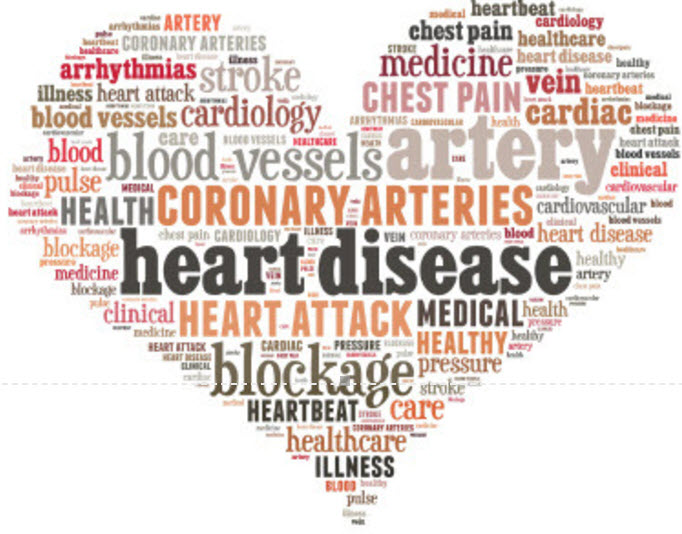NCLEX Cardiac Drugs –
We’re going to continue our drug series with Cardiac drugs.
First lets review what we’ve talked about in the past few posts.
The overview –
Respiratory part 1
Respiratory part 2
Overview –
It is important to understand how the heart works in order to figure out what kind of drugs you need to improve the function. Here is a review of our Cardiac content.
Cardiac Rhythms (reading, meds, simulator) and more (Newsletter)
Here is a great overview of cardiac drugs –
http://easynclex.blogspot.com/2008/05/cardiovascular-drugs-made-ez-part-1.html
And another –
http://www.registerednursern.com/heart-failure-nclex-review-part-2/
Saunder’s has a great review of Cardio Medications in Chapter 57 – page 797.
Angiotensin-convering enzyme (ACE) inhibitors: Inhibits the angiotensin-converting enzyme that converts angiotensin I to angiotensin II; decreases afterload and blood pressure. Acts as a vasodilator.
Indications: Mild to severe hypertension; treatment of heart failure.
Given within 48 hours of an MI to prevent ventricular remodeling and the development of heart failure. Increase survival rate after an MI.
Monitor for hypotension, cough, hypokalemia; increased creatinine & BUN.
Examples: enalapril (Vasotec); lisinopril (Zestril); captropril (Capoten)
Antibiotic prophylaxis: Antibiotics taken before a surgical or dental procedure to prevent infection (especially of valves of the heart).
Antithrombotic agents – Prevent the formation of new blood clots (thrombus) and keep existing blood clots from growing larger by decreasing the coagulability (fibrin system) of the blood. Does not dissolve existing clots. Contraindicated in persons with active bleeding.
Heparin: Inhibits thrombin and other coagulation enzymes; affects PTT value.
– Antidote the nurse should have on hand: protamine sulfate
– Oral anticoagulant started 3-5 days before I.V. infusion discontinued.
– Watch for bleeding.
Coumadin: Interferes with vitamin K-dependent coagulation factors; affects PT/ INR values.
– Action is cumulative and more prolonged than heparin
– Should be taken at the same time each day.
– Dose is adjusted to maintain a PT/ INR 2-3 X the control
– Antidote: Vitamin K
– Watch for bleeding
Antiplatelet agents/ platelet-aggregation inhibitors: Make the platelets less sticky so they won’t adhere to the fibrin mesh. Contraindicated in persons with active bleeding. Does not dissolve existing clots.
Monitor for bleeding.
Examples: Aspirin; Plavix (Clopidogrel); Ticlid; ReoPro, Integrilin, Aggrastat
Thrombolytics (clot-busting drugs): Degrade fibrin threads already present in the formed blood clot by activating plasminogen to plasmin. Used to dissolve thrombi in the coronary arteries and restore myocardial blood flow during the first 6 hours of an MI (“Time = muscle”).
Contraindications: active internal bleeding; recent stroke, surgery, or trauma; severe hypertension; pregnancy
Examples: Retavase, TNKase (tenecteplase), t-PA (tissue plasminogen activator), streptokinase
Antidysrhythmics: Treatment for abnormal electrical activity of the heart (atrial and ventricular dysrhythmias). Divided into several different classes.
Monitor: heart rate and rhythm; hypotension.
Examples: Amiodarone; lidocaine; quinidine; procainamide
Antilipid medications: Help to lower circulating lipid and LDL cholesterol levels. Initiate only after diet and other non-pharmacologic therapies have proven ineffective.
Monitor for muscle weakness (statins); GI disturbances.
Examples: Lovastatin (Mevachor), simvastatin (Zocor), atorvastatin (Lipitor); Niacin; Questran; gemfibrozil (Lopid).
Statins: lower cholesterol by blocking enzymes that are essential to the production of cholesterol in the body.
Rare side effect: rhabdomyolysis (upper arm and muscle weakness)
Beta blockers: Block the beta1 adrenergic receptors in the heart. Block catecholamine-induced increases in heart rate, blood pressure, and force of contraction. (Prolonged exposure to catecholamines stresses the heart and worsens cardiac function.) Beta blockers slow the heart rate and decrease blood pressure; prolong diastole and increase myocardial perfusion while reducing the force of myocardial contraction (decrease myocardial O2 demand).
Indications: Mild to moderate hypertension; moderate to severe angina; post-myocardial infarction (Beta-blockers decrease the size of the infarct, ventricular dysrhythmias, and mortality rates in clients with MI.)
Monitor: heart rate and rhythm; blood pressure
Examples: Metoprolol (Lopressor); atenolol (Tenormin); carvedilol (Coreg)
Adverse effects: Fatigue, lethargy; impotence; wheezing, dyspnea, heart failure; contraindicated in bronchial asthma
Calcium Channel Blockers: Inhibit the influx of calcium through the cardiac and vascular smooth muscle cells, causing dilatation of peripheral and coronary arteries. Enhance vasodilation and myocardial perfusion; decrease afterload.
Indications: Angina; mild to moderate hypertension; dysrhythmias. Not indicated after an MI.
Monitor: heart rate and rhythm; blood pressure
Examples: Diltiazem (Cardizem), verapamil (Calan)
Diuretics: Promote excretion of water.
Used to reduce preload.
Examples: Lasix, Demadex, Edecrin, and Hydrocholorothiazide.
Administer Lasix IVP: 10 mg/ minute
Adverse effects: K+, Mg++ depletion and dehydration.
Monitor: I & O, electrolytes (especially K+), BUN/creatinine levels.
Low K+ level will potentiate the action of Digoxin and place the patient at risk for Digoxin toxicity.
Potassium Sparing Diuretics – Inhibit aldosterone, cause Na+ to be excreted in exchange for K+. Spironolactone (Aldactone).
+++++++++++++++++++++++
Next week we’ll have some more.

